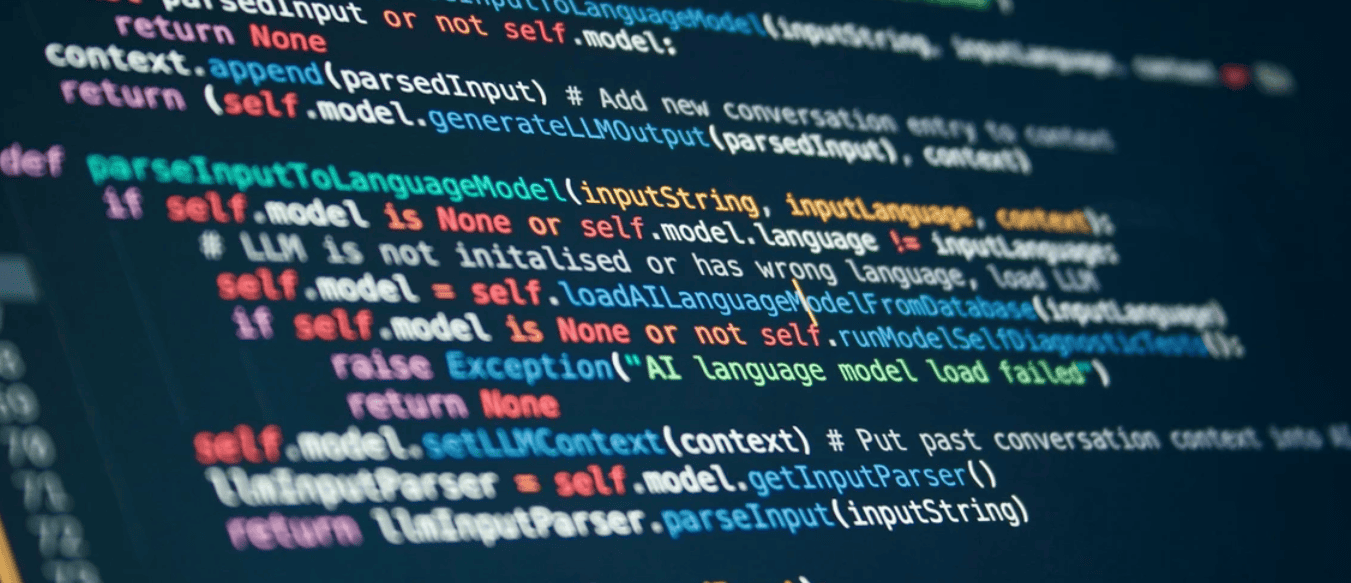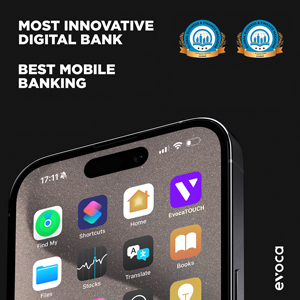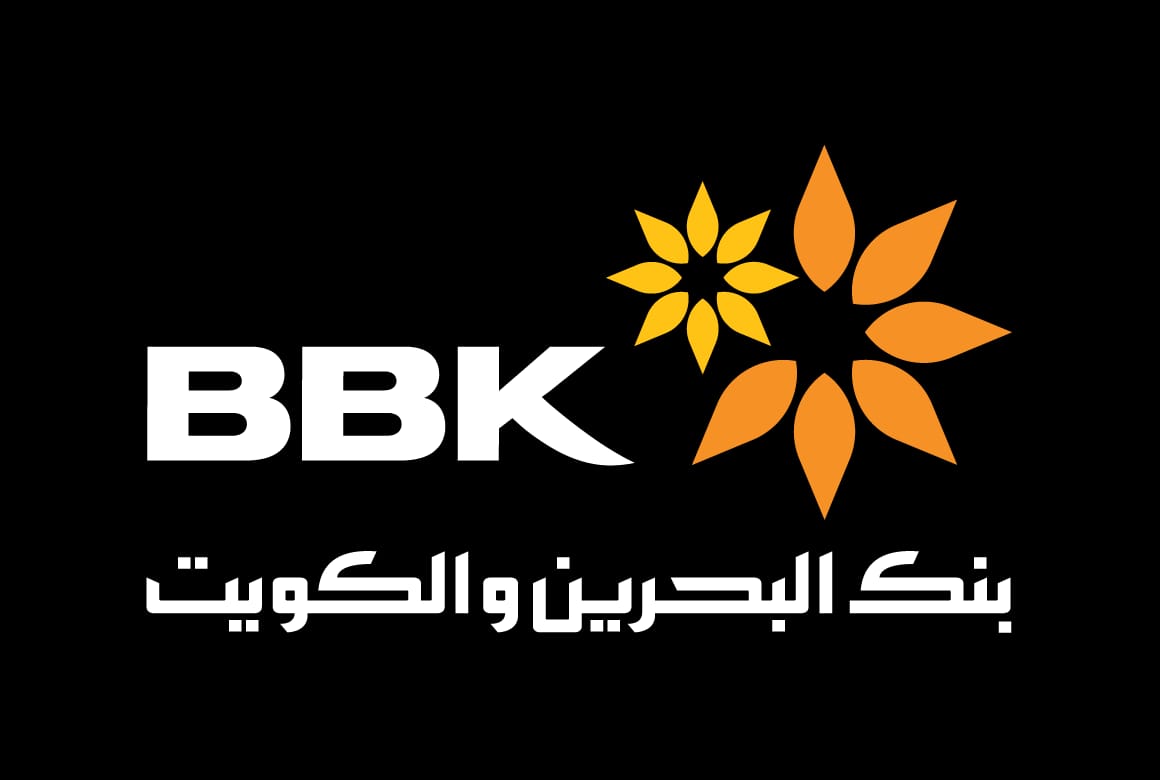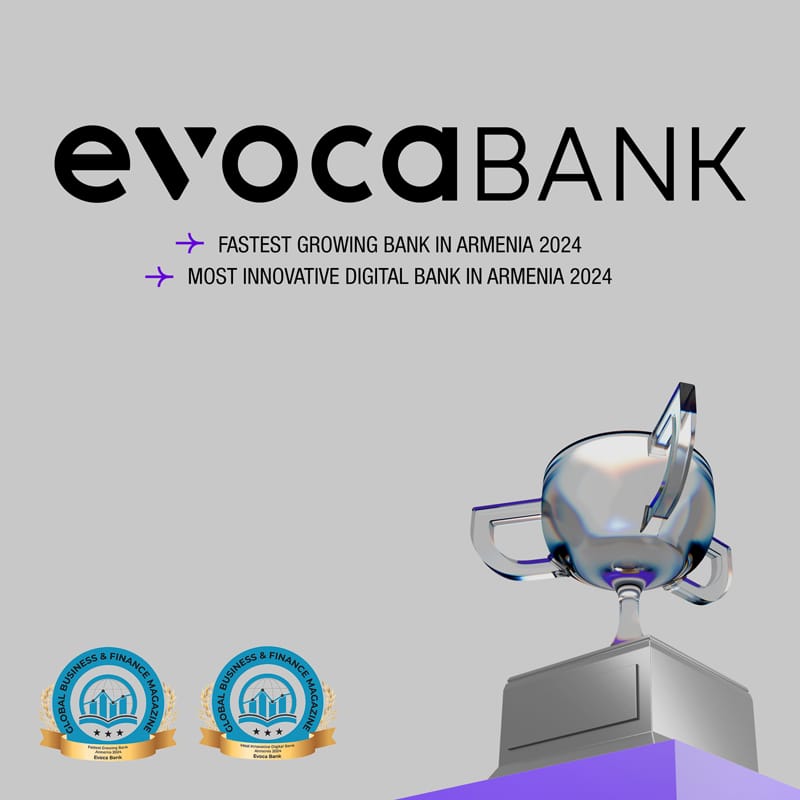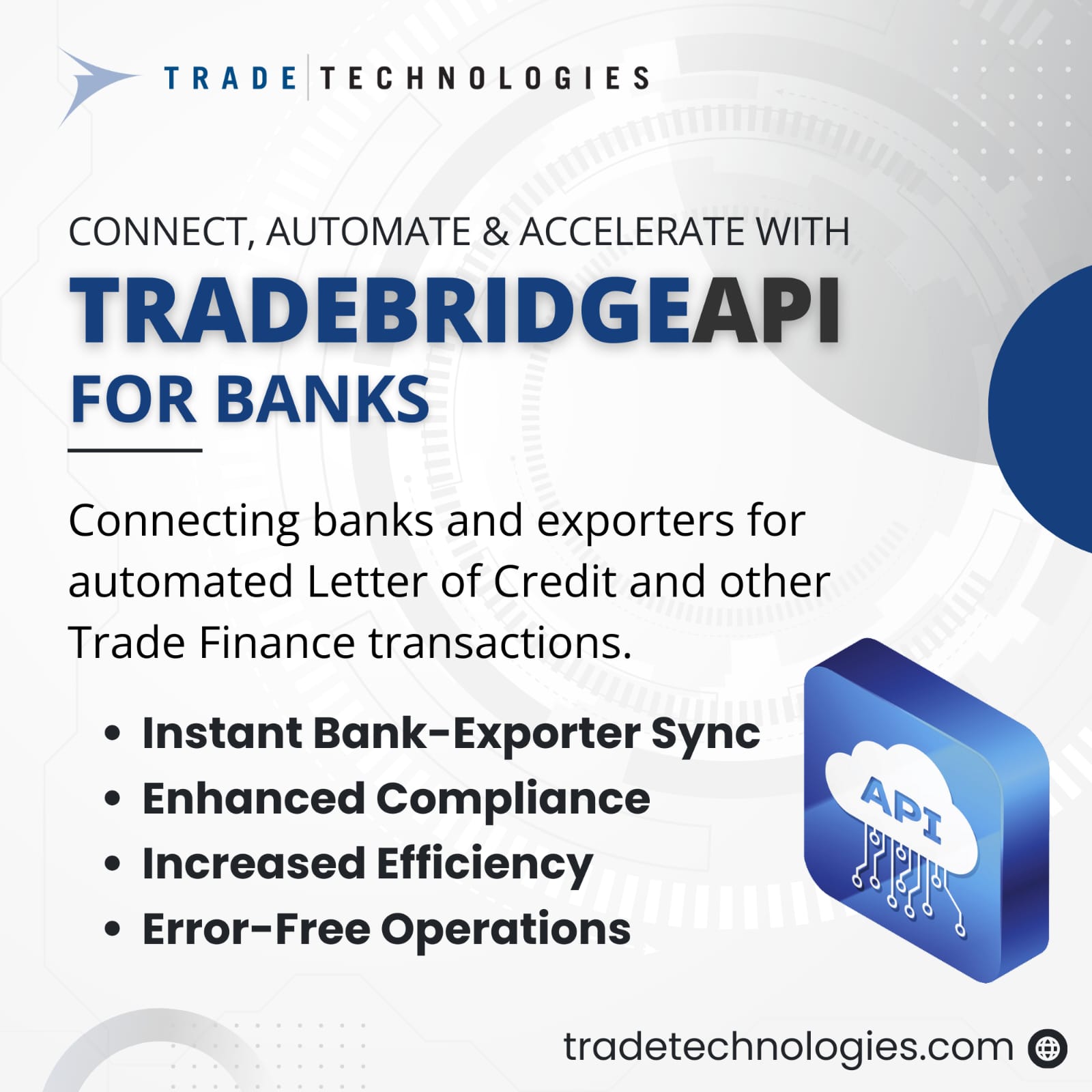Menab, 8, from Ethiopia attends a school without electricity and has never used the internet. His teacher, Bethel, 25, wants to take a mobile-based teacher training course but can’t afford the data. With his teacher’s support, Hendrik, 14, from Estonia accesses and uses state-provided interactive digital learning materials on his device.
Meanwhile, 10-year-old Juanfrom Argentina struggles with reading. His teacher recommended a learning app, but he dropped out after being teased by classmates. Ayden, 38, a digital education coach in a Singapore school district, helps teachers choose, integrate and use technology effectively for learning.
These are just a few stories of the struggles and triumphs of people around the globe as they navigate digital technologies in education and skills development. They reflect the tide of digital change transforming people’s day-to-day lives at an unprecedented speed and scale, for better or for worse.
Amidst a global learning and skills crisis, and rapid digital advancements, existing inequalities and exclusion are being exacerbated by an ever-widening digital divide. This is significantly impacting education systems and student outcomes worldwide, with poor and marginalized groups being the most adversely affected.
Education and skills development systems in a rapidly changing world
Education and skills development systems play a pivotal role to advance labor market outcomes, economic growth across sectors and intergenerational social mobility. According to a 2019 International Labor Organization study based on a review of government policy and legislation from 65 countries in four regions, education and training measures account for 40% to 60% of youth employment policy interventions (see Figure 1). As digital and AI tools bring new and enhanced forms of work, education and training interventions must enable digital transitions of economies across sectors by preparing and supplying skilled human resources in a rapidly changing labor market.
Figure 1. Education and training measures as a percentage of all youth employment interventions in 65 countries, by region

Source: Marcelo Cuautle Segovia, Mariana Costa Checa. 2021. Education and training for rapidly evolving labor markets. Is the future ready for youth? Youth employment policies for evolving labor markets, pp.66-84, ILO. Authors’ 2019 review of 478 youth employment policy and legislation documents.
Simultaneously, education systems need to evolve as digitally-enabled ‘learning organizations’ that can adapt and deliver relevant, equitable and resilient learning opportunities for all students through continuous improvement. Education systems need to be both rapid producers and avid consumers of digital and data competencies at scale, while placing people at the heart of these transitions.
In doing so, it is essential to remind ourselves of the first principles of learning. Decades of established research shows that learning, at its core, occurs through human interactions between learners and teachers, mediated by the learning environment (physical and digital), and other contextual factors (Figure 2). Teachers are and will remain central to how humans learn well. Thus, it is critically important to recognize and support teachers to strengthen and advance their competencies as cultivators, coaches and critical pedagogues.
Figure 2. Learning as an outcome of interactions between humans, machines and contextual factors

Source: Adapted from Darling-Hammond et al (2014). Reused with permission.
Three mindset shifts for effecting change
In this context, it is necessary for actors in the education and skills development sector to assimilate three mindset shifts to lead digital transitions proactively, strategically, and with an evidence-based approach. A new World Bank report, Digital Pathways for Education: Enabling Greater Impact for All, highlights three key mindset shifts that are crucial for decision-makers and practitioners in government, industry, academia and civil society to consider to successfully push forward systemic change.
Figure 3. Embrace key mindset shifts for digital transitions in education and skills development

1. Systemic, fit-for-purpose approach: Shift from short-term, ad hoc digital interventions to more systemic strategies focused on learning and skills development. A systems approach would entail using proactive public policy measures combined with meaningful market and civil society partnerships to enable effective innovations for scale. This requires strong and robust innovation ecosystems and private markets that are incentivized and supported to deliver contextualized, high-quality, and cost-effective educational products. At the same time, establishing and enforcing a regulatory framework that promotes equitable, high-quality education and skills development and encourages fair and healthy competition is essential.
2. Integrated digital cores: Move beyond fragmented digital tools (“frills”) and invest in comprehensive and integrated digital systems (“cores”) that improve education administration and management, as well as teaching and learning. When digital solutions are embedded and integrated in a coherent way across strategic governance, data and technology infrastructure, policy design, and implementation, it is likely to ensure inclusion, security, privacy, and high-quality standards for all.
3. Education-centered approach: Shift from techno-centric views of education to approaches that prioritize learning, skills, and educational outcomes. The technologies and learning contexts interact with the characteristics of the student and the teacher (Figure 2). Together, these shape the student’s experience, and their outcomes. Hence there is a need for educators, researchers, technologists and app developers to be involved in the evidence-based design, testing and implementation of digitally enabled education products and services.
This is the first blog in a series dedicated to the subject of advancing digital and AI-empowered education systems. In the next blog, we will expand on concrete steps that can be taken to inform digital education strategy, design and implementation, along with tools and examples.
Disclaimer: The names in this blog have been changed to protect the identities of the subjects.
source : World Bank Blogs







